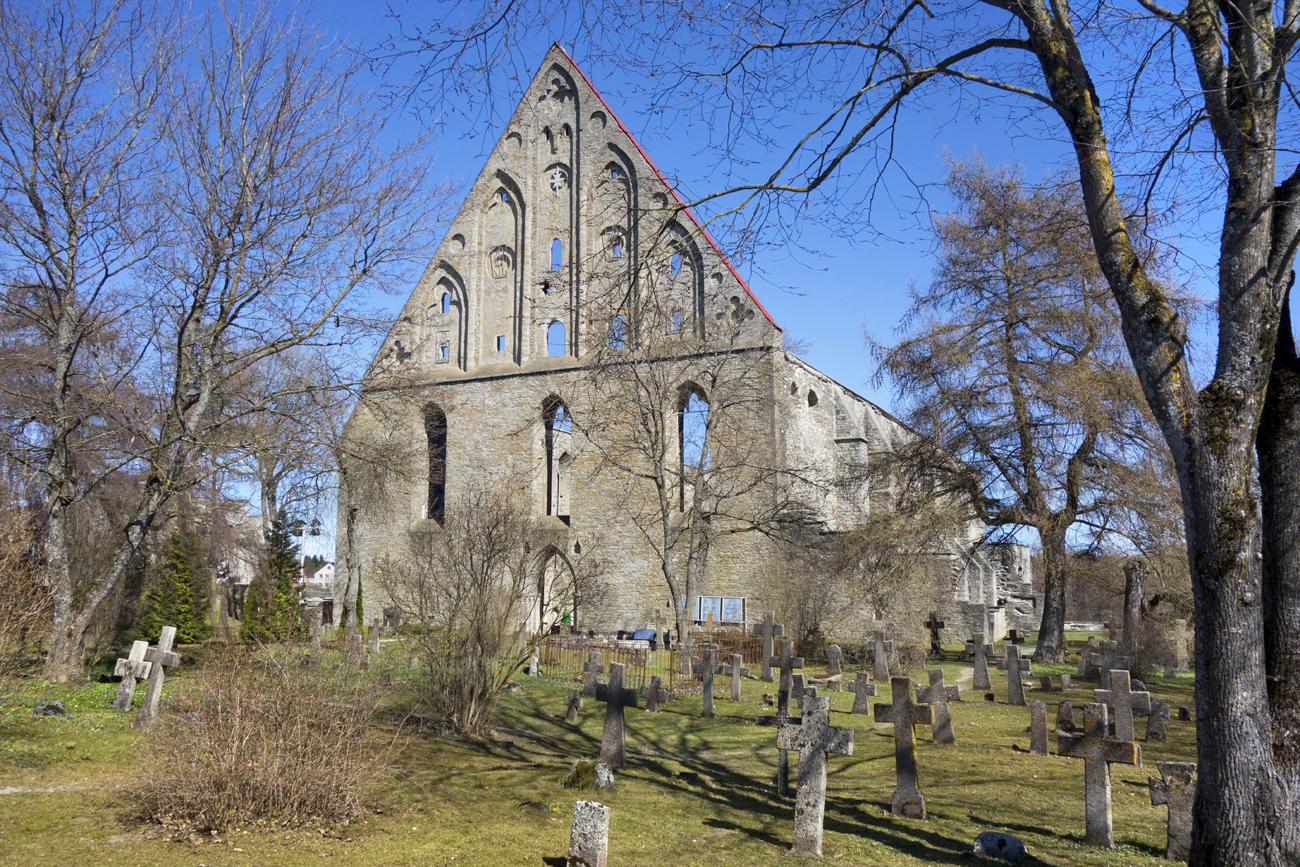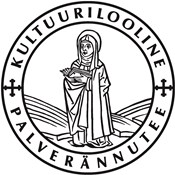The old monastery and church at Pirita

Already in 1400 there was a plan to establish a monastery near Tallinn and dedicate it to the Most Holy Saviour of Saint Bridget (Saint Birgitta). The initiator was Konrad von Jungingen, Grand Master of the Teutonic Knights. The idea was spawned in about 1405 when Johannes III Ochmann (Aken), Grand Master’s chancellor was appointed the new Tallinn bishop. The real driving force behind the plan was the merchant Hinrich Swalbart, whose origins are unknown. In 1406 he became member of the Great Guild in Tallinn. Swalbart was an active and stubborn man, who manoeuvred skillfully between different political powers. By spring, 1407 there were six priests and sixteen virgins who were eligible to be admitted to the Order of the Most Holy Saviour. And there were sixteen men, who were prepared to start construction work. On 5 May two men from the planned monastery went to the mother monastery at Vadstena with a wish to obtain some relics of Saint Bridget and a copy of Cantus sororum. The relics were placed near the altar in a chapel. The construction of the monastery began in the same summer. The land was allotted by the Teutonic Order.
On 29 May 1411 Pope John XXIII approved of all the guildelines and privileges. This meant that the Pirita monastery was considered to be part of the Order of the Most Holy Saviour and its official name was Vallis Mariae (Mariendal, Valley of St. Mary – the then name of the mouth of the Pirita River). In 1414 the monastery received the right to grant indulgences. From then onwards the monastery became a centre of religion in the spirit of Saint Bridget seeing as one of its aims the encouragement of piety in society.


The wooden church with St.Bridget’s chapel and new indulgences certainly brought crowds to the monastery, as people in the Middle Ages were also curious and craved for a change. In most cases the abbey churches were inaccessible to ordinary people, except on special holidays. As the wish of Saint Bridget was to reform the Christian people, church had to be organised in such a way that people could come there whenever they wished and listen to the religious community as they recited the canonical hours, at Pirita this was done interchangeably by the brothers and sisters, and attend Mass. On Sundays and big holidays Mass was celebrated in the local languages, i.e. in German, Estonian and Swedish at Pirita.
The Bridgettine Order and Pirita Monastery had some valuable indulgences. i.e. remissions of the temporal punishment due to sins, e.g. the invaluable indulgence granted on the Feast of St. Peter’s Chains on 1 August. The aim of some indulgences was to bring people to church for prayer and attend Mass. This was the aim of the papal indulgence issued on 7 April 1418, which granted the remission of sins to all the pilgrims who came to Pirita abbey church on the days mentioned in the letter, including on Marian feast days.
Pirita abbey church was consecrated on St. Olaf’s Day on 29 July 1436. St. Bridget’s altar within the church was located in the part open to the public. The relics chest was next to the high altar, and the relics were shown to the public on St. Bridget’s feast days.
Among the pilgrims who came to Pirita were people from all layers of society. There was the Master of the Livonian Order, Swedish knights and noblemen from the counties of Harju and Viru and other places – they arrived on horseback or in coaches. Tallinn citizens, artisans and common people visited Pirita. Undoubtedly, there were many who came from farms and fishing villages, as Saint Bridget’s Feast Day on 23 July, St. Olaf’s Feast Day on 29 and the Feast of St. Peter’s Chains on 1 August fell on a period during which peasants and fishermen had some respite before the start of the harvesting and fishing season in August. This peaceful time was suitable for pilgrimage and they came to Pirita to ask for God’s blessing to obtain a good harvest.
During the final decades of the Middle Ages in the late 15th century and the early 16th century an imposing chapel dedicated to St.Michael was built in the south-west corner of the church. An impressive hexagonal chapel was built by the Rosary Guild in the churchyard. In the late Middle Ages Pirita monastery and church flourished as a centre of religion and a cherished destination of pilgrimage.
.jpg)
During the wars in the 16th century the Pirita monastery was devastated by the Swedish and the Russian raids, and the destructive fires. In 1577 the Russian troops of Ivan the Terrible gave the final blow to the monastery.
Ruth Rajamaa and Kersti Markus
THE NEW CONVENT AT PIRITA
When the troops of Ivan the Terrible destroyed the Pirita monastery in the 16th century, monastic life at Pirita died out and only after the end of the Soviet occupation, there was a new beginning. In 1993 Mother Tekla, Abbess General of the Order of the Bridgettines came on a visit. She was astonished at the grandeur of the ruins of the old monastery and decided to return to the place.
In April 1994 the first nuns arrived and settled down in the new country. In 1995 a piece of land was bought for the new convent and in 1997 an architectural competition was held. It was won by the architects Ra Luhse and Tanel Tuhal. In autumn 2000 the construction of the convent started and was completed in 11 months. The new convent was consecrated on 15 September 2001.
.jpg)
The daughters of Saint Bridget and Mother Elisabeth praise the Lord with their song and serve Him with their work. They sing praises and welcome you to join them at these hours:
6:10 Matins – Matutinum
6:30 Lauds – Laudes
7:30 Holy Mass
11:45 Sext – Hora sexta
16:00 Adoration
Rosary
Vespers – Vespere
21:30 Compline – Completorium
Everyone who visits can join the Sisters for a prayer.
There is also a guesthouse at the convent.
Lagle Parek
Sources
Villem Raam. Pirita klooster. Tallinn: Eesti Raamat, 1984.
Villem Raam, Jaan Tamm. Pirita klooster: Ehitus- ja uurimislugu. Tallinn: Eesti Entsüklopeediakirjastus, 2005.
Kersti Markus. Pirita klooster 600. Kunstiteaduslikke Uurimusi, Erinumber, 2007, No. 4 (16).
Kersti Markus. Kes ikkagi asutas Pirita kloostri? Tuna. Ajalookultuuri ajakiri, 2012, No. 2, pp. 13–18.
Ruth Rajamaa. Katkenud laul: Pirita klooster 1407–1607. Tallinn: Argo, 2018.
https://register.muinas.ee/?menuID=monument&action=view&id=1192
https://www.piritaklooster.ee
